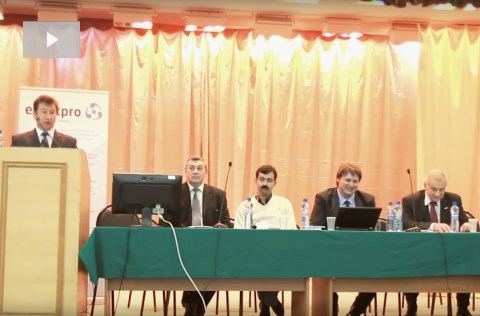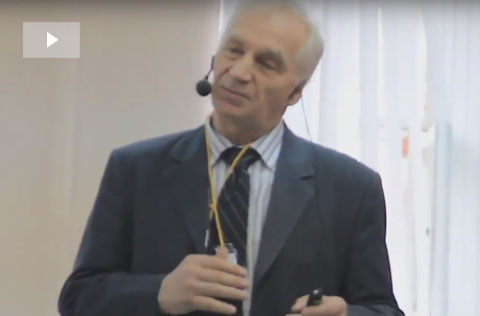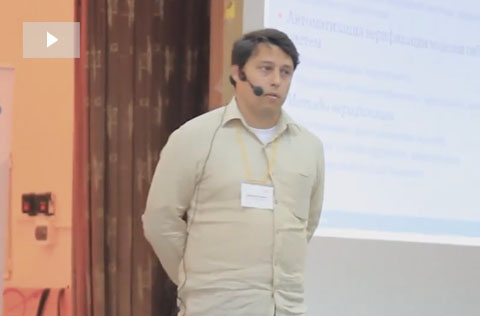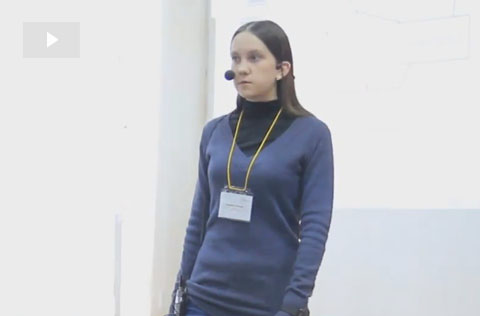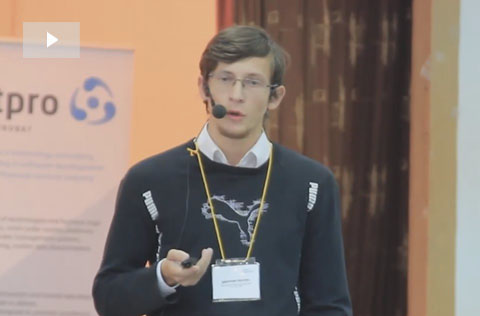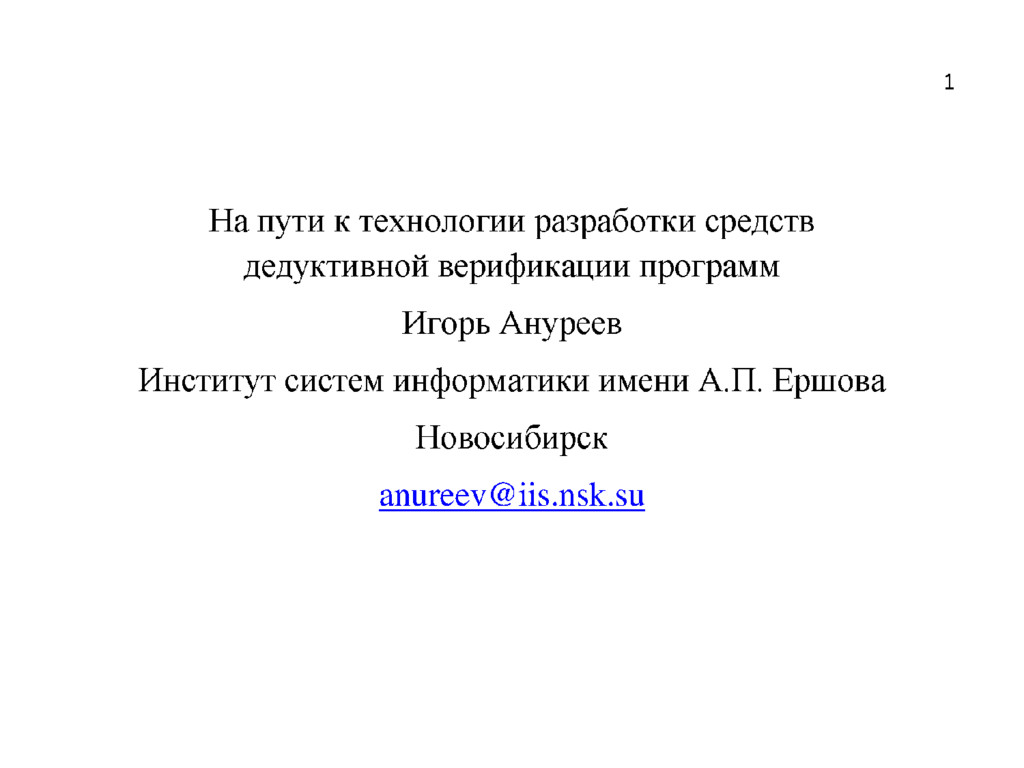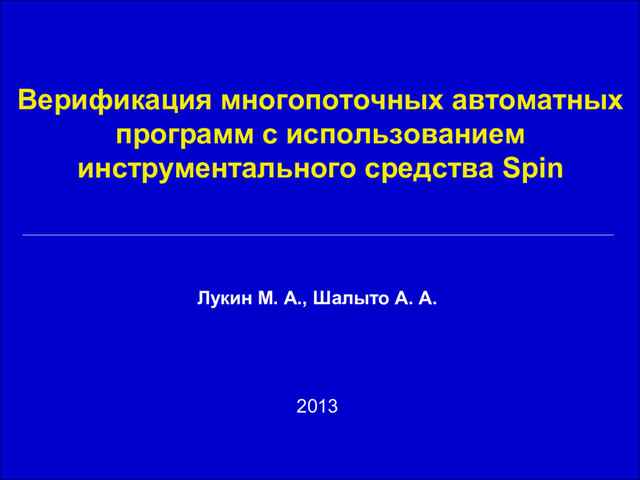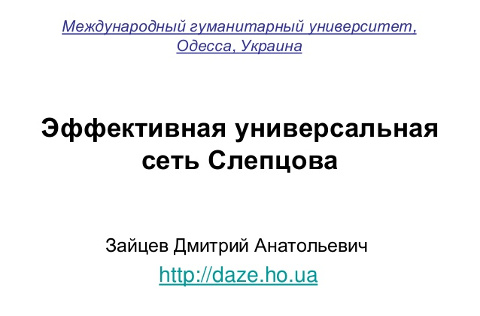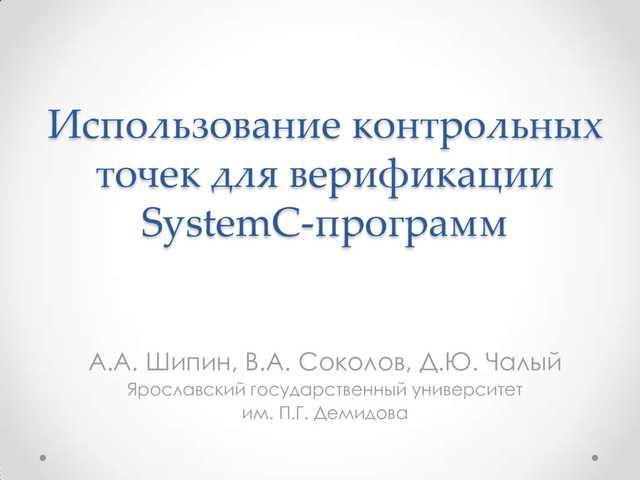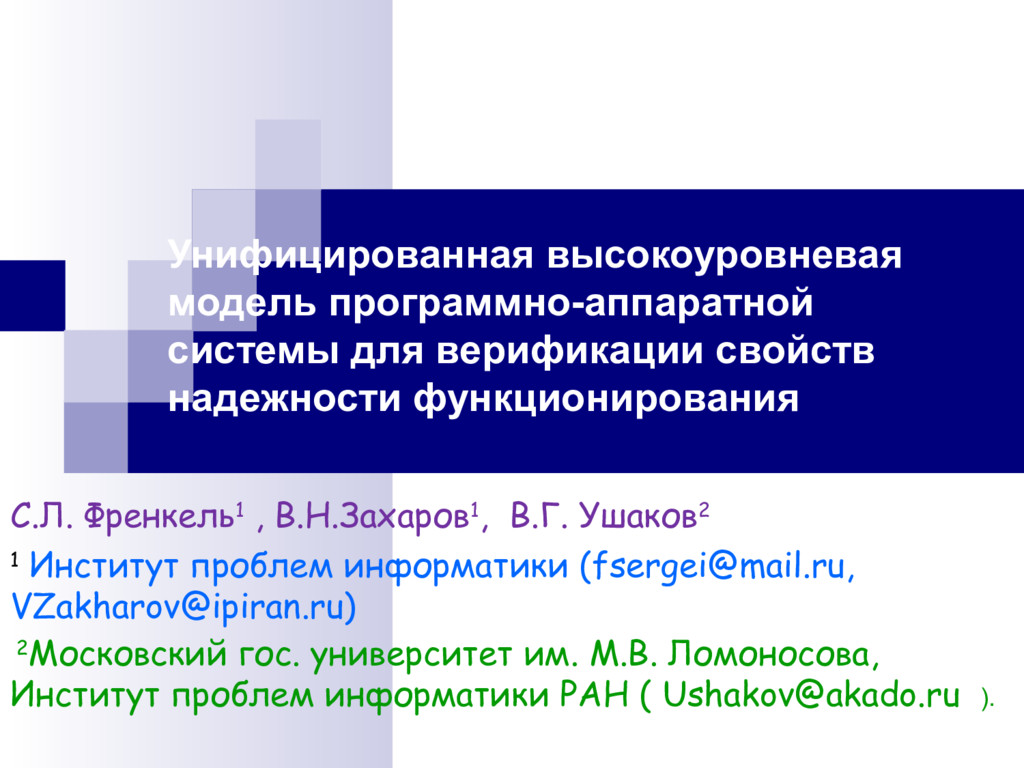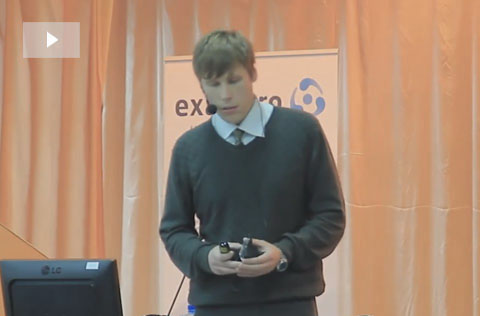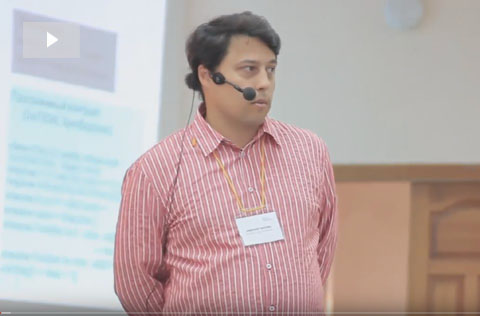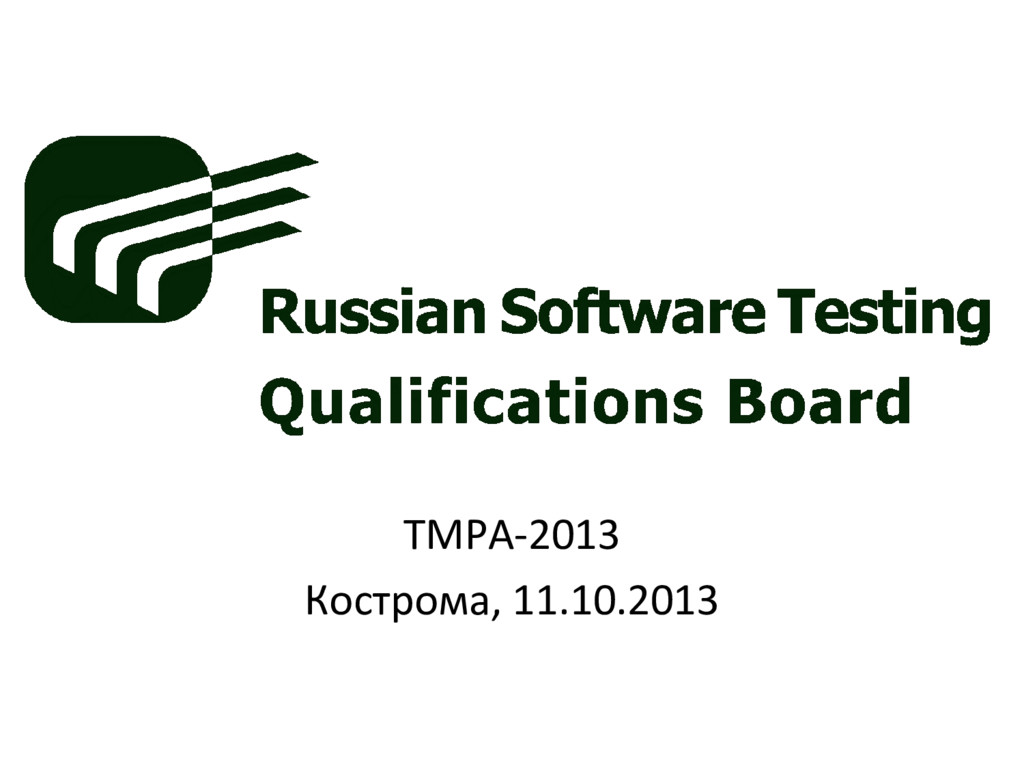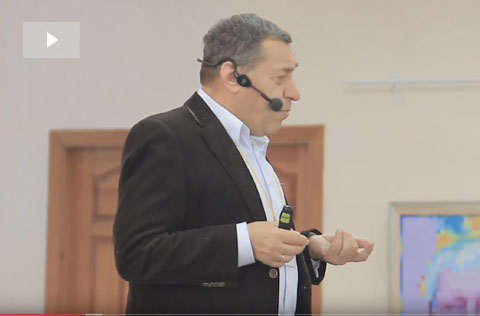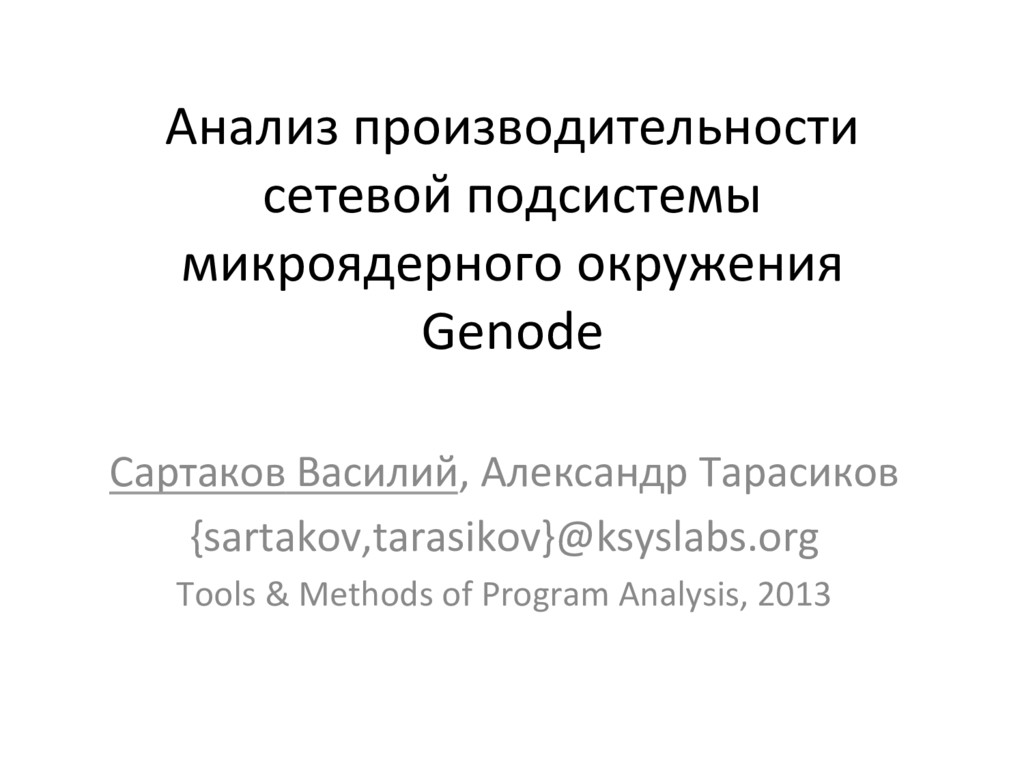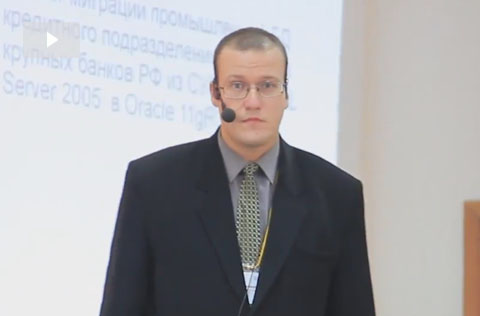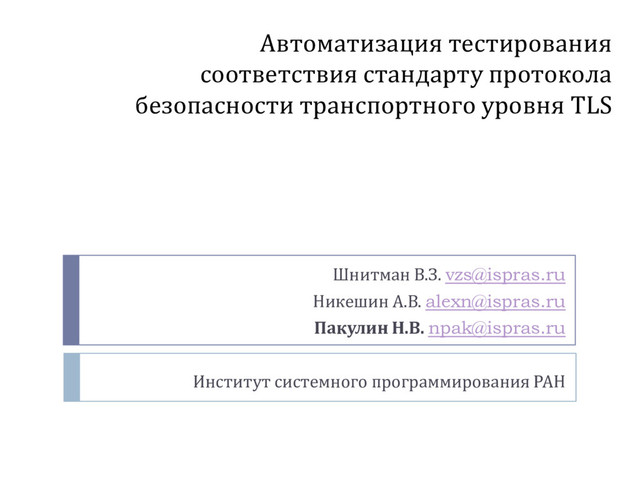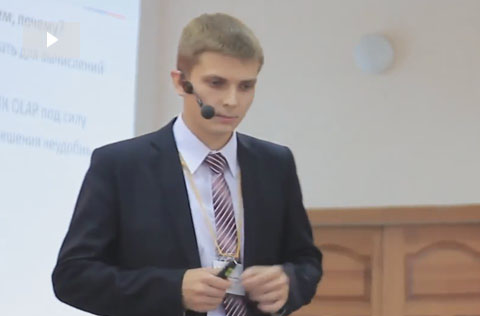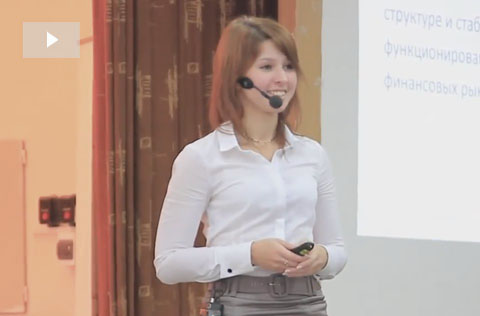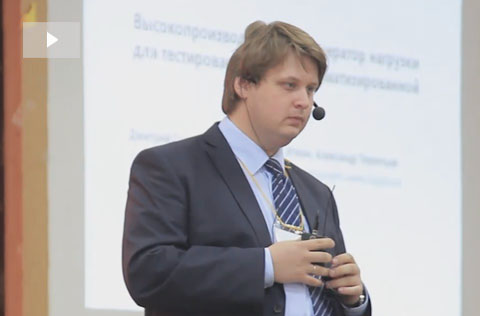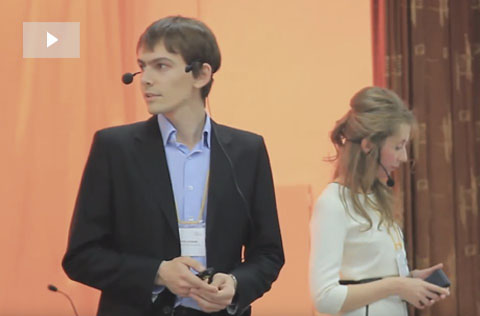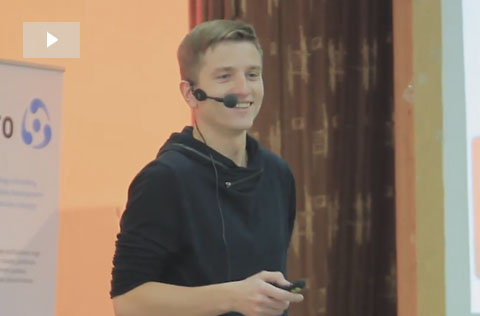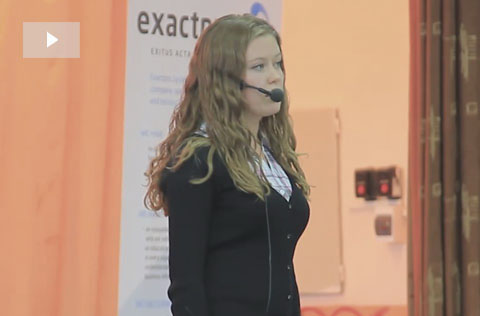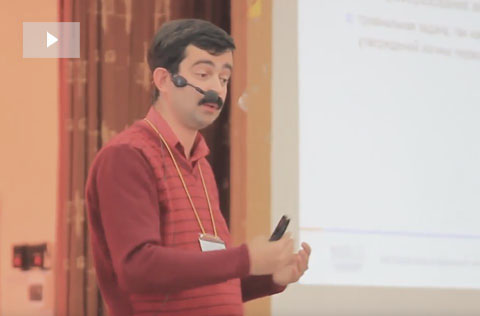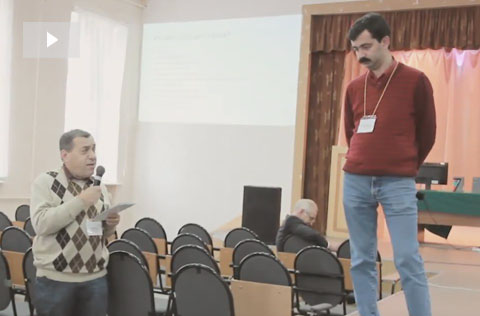TMPA-2013: agenda
10 October 2013
Verification
Podymov, V., Popesko, U., Moscow State University
Kuzmin, Е., Ryabukhin, D., Shipov, А Yaroslavl State University
Hardware track

Ivannikov, V.P., Kamkin, A.S., Chupilko, M.M., Institute for System Programming, ISP RAS
Smirnov, М., Olonichev, V., Staroverov, B. , Kostroma State Technological University
11 October 2013
Testing
Basok, B., Grechin, A., Moscow State Technical University of Radioengineering, Electronics and Automation
Zhuravlev, М., Polozov, V. , St. Petersburg State University
Senov, А , Kostroma State Technological University
Trading systems
Matveeva, А., Antonov, N., Itkin, I, Innovative Trading Systems, LLC, Kostroma State Technological University, Exactpro Systems, LLC
Alexeenko, А., Protsenko, P., Matveeva, А., Itkin, I., Sharov D., Innovative Trading Systems, LLC, Exactpro Systems LLC
Buyanova, О., Zverev, А., Bulda, А., Innovative Trading Systems, LLC, Kostroma State Technological University, Exactpro Systems, LLC
Guriev, D., Gai, M., Itkin, I., Terentiev, A., Innovative Trading Systems, LLC
Pryadkina N., Kryukov, A , Kostroma State Technological University
Bobrov, I., Zverev, A, Innovative Trading Systems, LLC
12 October 2013
Analysis of programs
Tsytelov, D., Trifanov, V., Devexperts LLC, St. Petersburg State University
Vert, Т., Krikun, Т., Glukhih, М., St. Petersburg State Polytechnic University, Clausthal Technical University
Andrianova, А., Itsykson, V., St. Petersburg State Polytechnic University
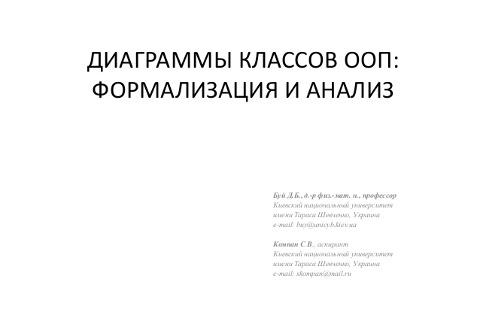
Bui, D., Kompan, S., Taras Shevchenko National University of Kyiv





